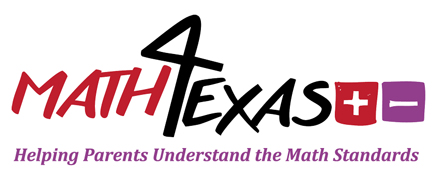T.I.P.S.
-
 To develop fluency with integers, students must be able to recognize when a number is positive or negative. They must also start to understand basic computational rules when dealing with integers For example, when a negative is added to a negative, the result is always a negative sum, and when a negative is multiplied by a negative, the result is always a positive product. Students also need to be expected to prove or justify their reasoning and thinking behind solutions.
To develop fluency with integers, students must be able to recognize when a number is positive or negative. They must also start to understand basic computational rules when dealing with integers For example, when a negative is added to a negative, the result is always a negative sum, and when a negative is multiplied by a negative, the result is always a positive product. Students also need to be expected to prove or justify their reasoning and thinking behind solutions.
Example
-
A marine diver is searching for a certain species of fish in the ocean. He first dove down 25 feet to start searching. He didn’t see the fish he needed, so he dove another 8 feet deeper. He swam up 11 feet, then down another 6 feet until he finally found the fish he was looking for. What was the depth of the water where the diver found the fish he had been searching for?
Hint
Adding Integers Using Colored Counters
Adding Integers Using a Number Line
Digital Tools
-
Click on the following links for interactive games.
Resources
-
Click on the following links for more information.
TEKS
-
6.3 Number and operations. The student applies mathematical process standards to represent addition, subtraction, multiplication, and division while solving problems and justifying solutions. The student is expected to:(D) add, subtract, multiply, and divide integers fluently





 Click
Click 

